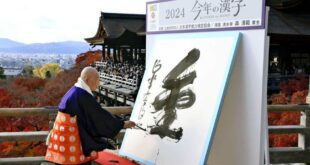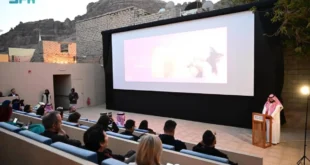From ‘Aso-Oke’ To ‘Kente’, A Look At Africa’s Dress Culture
Aso-Oke: The Traditional Yoruba Attire
Aso-Oke is a prominent Nigerian traditional attire that represents the rich cultural heritage of the Yoruba people.
It is hand-woven fabric made from locally sourced materials like cotton and silk.
Aso-Oke has gained global recognition for its vibrant colors, intricate patterns, and durability.
It is commonly worn at weddings, festivals, and other significant occasions.
Kente: The Colorful Ghanaian Cloth
Kente is a colorful cloth originating from Ghana, West Africa.
It is woven on specialized looms in vibrant, intricate patterns, symbolizing various aspects of Ghanaian culture.
Traditionally, Kente was exclusively worn by royalty and important figures.
Today, it is commonly used for special events and celebrations, representing Ghana’s rich cultural heritage.
Kitenge: The Versatile East African Fabric
Kitenge, also known as chitenge or ankara, is a vibrant fabric originating from several East African countries, including Kenya, Tanzania, and Uganda.
It is characterized by its colorful prints and can be used to create various traditional garments like dresses, skirts, and headwraps.
Kitenge is not only worn for special occasions but also as everyday attire, reflecting the cultural diversity and creativity of East Africa.
Dashiki: The West African Icon
Dashiki is a stylish, loose-fitting garment originating from West Africa.
It features bold patterns and bright colors, making it a symbol of African pride.
Dashikis can be worn by both men and women and are popular in various countries, including Nigeria, Senegal, and Mali.
In recent years, Dashiki has gained global popularity, becoming a fashion statement and a way to embrace African culture.
 Mind Uncharted Explore. Discover. Learn.
Mind Uncharted Explore. Discover. Learn.


